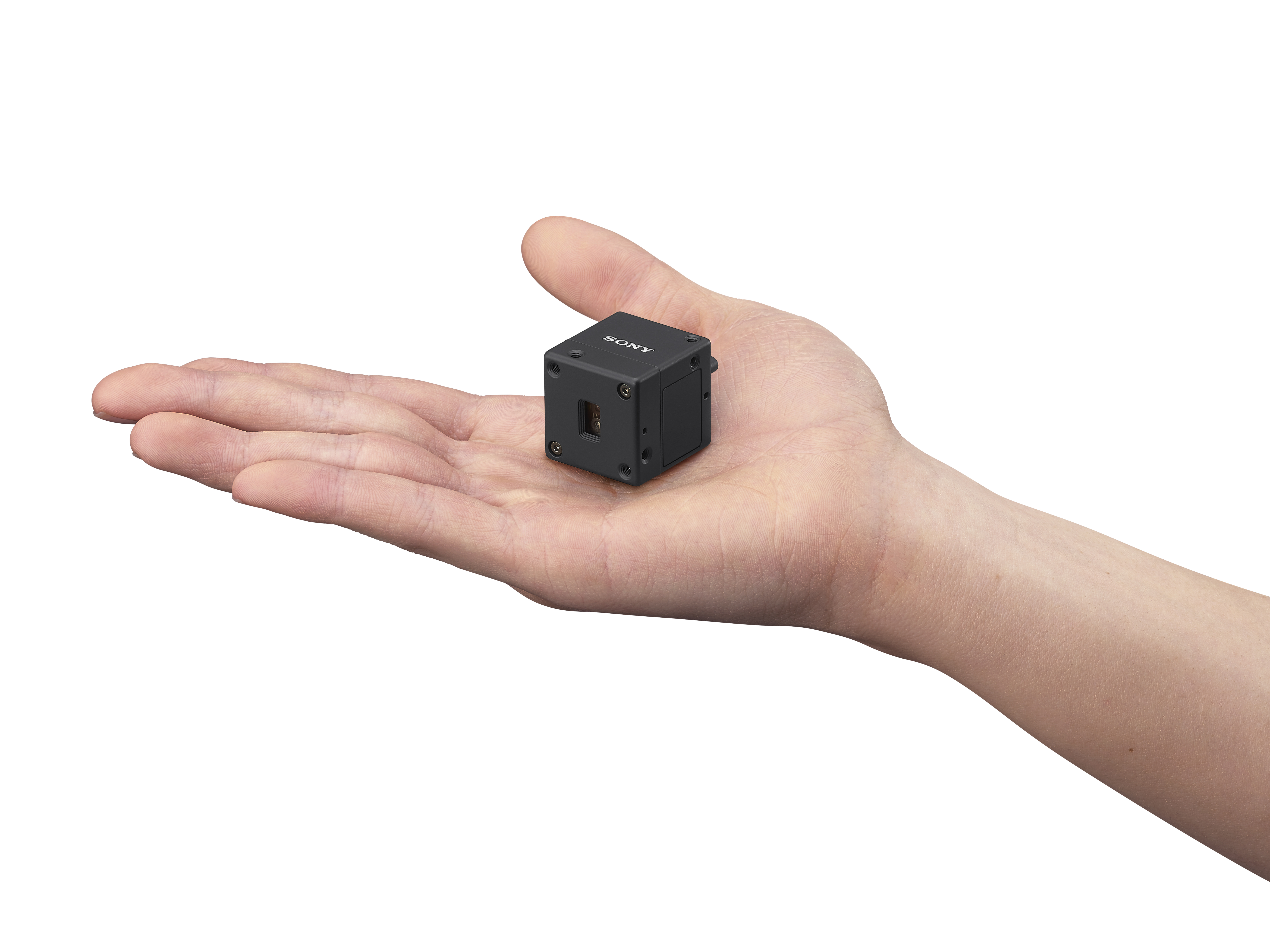Hyperlocal Political Ads Should Serve as Major Wake-up Call
The ad opens in a grocery store. The text on the screen says: “If life was like politics.”
The letters in “Politics” are evenly divided—the four to left are blue; the four to the right are red. They’re superimposed over a grocery store drink cooler. The plastic bottles on the left of the fridge are filled with blue liquid; those on the right with red. Dialogue comes up over the whimsical, bouncy music. “We never settle for just two lousy choices in anything—except politics.”
That describes the opening few seconds of a YouTube ad I saw recently for Kansas independent gubernatorial candidate Greg Orman.
Makes sense, I thought. I live in Kansas. YouTube knows to feed me an ad for a political race I should care about.
[Read: Report: Advanced TV Upgrades Pushing Local Ad Sales To $37B By ‘22]
A few more ads popped up while I surfed on YouTube for “Family Guy” clips, “SNL Celebrity Jeopardy” and Pablo Francisco talking about his experience at a techno club in Miami Beach. Then when I least expected it I got an ad that started off with this sentence: “Kevin Yoder went to Washington to work for the people of Kansas, right? Wrong!”
Now I sat straight up in my chair and pondered what just happened. The Kansas City metro area spans both Kanas and Missouri. I am represented by Yoder. On the Missouri side, the Rev. Emanuel Cleaver II represent the Fifth Congressional District, mostly Jackson County; Sam Graves represents Missouri’s Sixth Congressional District—all of northern Missouri, including the northern portion of Kansas City.
What got my attention was that YouTube served me an ad only of interest to people who live in Yoder’s district. I get it. I have an IP address that’s associated with my home address, and YouTube knew what ad to send me.
But what are the implications for TV, a medium that counts political advertising among its biggest revenue generators?
Ten years ago, I would have said they are pretty dire. But today with a new TV standard offering support for layered division multiplexing (LDM), single frequency networks (SFNs) and internet connectivity—which all enable broadcasters to play in the zoned content delivery space—I’d say the biggest implication of my weekend YouTube ad experience is a wake-up call. It should serve as a kick in the pants. It should light a fire. It should motivate local TV broadcasters to deploy Next Gen TV so they too can offer hyperlocal content, including commercials of all sorts, to remain competitive.
Get the TV Tech Newsletter
The professional video industry's #1 source for news, trends and product and tech information. Sign up below.
Phil Kurz is a contributing editor to TV Tech. He has written about TV and video technology for more than 30 years and served as editor of three leading industry magazines. He earned a Bachelor of Journalism and a Master’s Degree in Journalism from the University of Missouri-Columbia School of Journalism.

